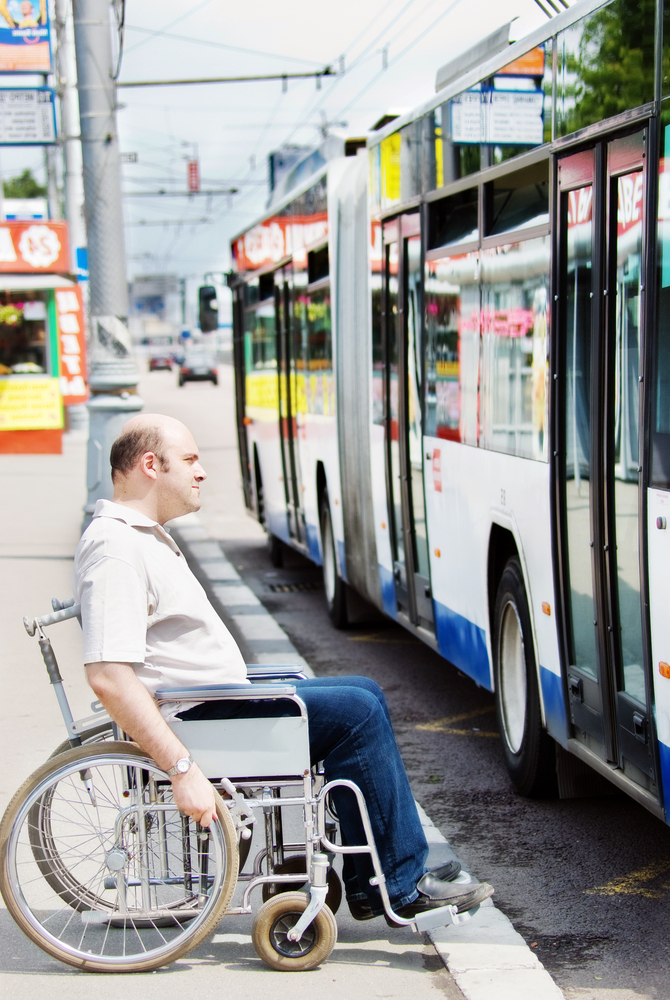Safe Ways to Get Around

People use different ways to get around everyday to:
• Get to work
• See the doctor
• Go shopping
• Visit friends
• Go on vacation
• Get to work
• See the doctor
• Go shopping
• Visit friends
• Go on vacation
When you want to go somewhere:
• You can ride in a car or van
• You can walk
• Or you can use public transportation
Public transportation includes:
• Buses
• Trains and subways
• Streetcars and cable cars
• Van and taxi services
• Airplanes
• Ferries
Using public transportation can be hard for people with disabilities.
• Spaces for sitting are sometimes very small.
• You don’t know the people traveling with you.
• If you need medical care, it may be hard to get help.
• By law, public transportation must be set up so that people with disabilities can use it.
Public transportation works for wheelchairs by having:
• A wheelchair lift
• Tie-downs to secure wheelchairs
• Staff to assist you
There are seats for people with disabilities.
• Look for seats with a sign like this:
• Ask the driver:
• For help getting on or off
• To tell you when to get off the bus just before you get there
• For any other information you need
Buses and trains are good ways to travel near your home.
• While waiting for the bus or train:
• Stay away from the curb or tracks
• Check out where you are and go where you feel safe (like next to someone you know)
• Make sure you look out for the things you have with you (like your backpack or purse).
 Airplanes, trains, and buses are good if you have to go far from home.
Airplanes, trains, and buses are good if you have to go far from home.• Before you buy a ticket, make sure to ask:
• Are there restrooms for people with disabilities?
• Is there space for things you need to bring with you (like a wheelchair or medical equipment)?
• Will someone be there to help you?
• Can you get special food if you need to?
• There are people (called travel agents) that help people with developmental disabilities get the tickets they need to travel.
Make sure to plan before long trips.
• Talk to your doctor before you plan a trip.
• Be ready for a long trip.
• Bring extra medication.
• Bring snacks and water.
• Put your name, address, and phone number on your luggage and medical equipment.
• If you can, take a rest along the way.
• Take two shorter flights instead of a long one.
If you go on a long trip with a wheelchair:
• Make sure your wheelchair is in good shape before you leave.
• Bring spare parts and tools in case you need to fix your wheelchair.
• Bring the name and phone number of places that fix wheelchairs where you are going.
Check out these resources to find ways to get around in your community:
• Accessibly Travel Resources
• United States Department of Transportation

